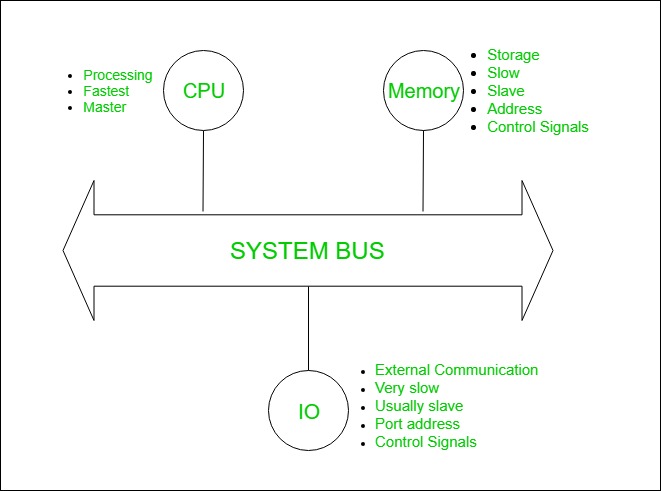In today’s interconnected world, communication plays an essential role in sharing information, business transactions, and staying connected with loved ones. However, this luxury is not enjoyed by everyone, especially in rural African communities. With limited resources and minimal investment in communication infrastructure, these isolated regions face severe connectivity challenges. Recognizing the need to address this digital divide, Emmanuel Ndashimye, an assistant teaching professor at Carnegie Mellon University Africa, is working alongside a team of researchers from the Upanzi Network. Together, they are striving to develop an innovative solution that leverages public transportation systems to establish an opportunistic connectivity network, enabling rural communities to communicate effectively and affordably.
The proposed strategy combines concepts from two different network types to create this unique communication system. The first network approach utilized is known as a delay-tolerant network (DTN), which allows for temporary storage of uploaded information until a suitable opportunity arises for transmission. For instance, buses equipped with gateway devices can collect and store data for up to a week. When the bus passes through the target area, individuals can access the bus’s network, swiftly download the relevant information, and continue on their journey.
The second network type employed is a named data network (NDN), which categorizes transmitted information. Each packet of data is labeled with specific names, such as farming, health, or agriculture. The bus acknowledges these titles and selectively harvests the designated information. In Ndashimye’s words, “Instead of gathering information from numbers like we do in the IP network with modern computers, we are gathering based on the name of the content. If we say ‘agriculture,’ the bus will pick out the data labeled as agriculture and nothing else.”
Looking ahead, the research team aims to expand the network’s connectivity options beyond Wi-Fi, incorporating Bluetooth and a Global System for Mobile Communications (GSM) network. This inclusivity will enhance access to the communication network for residents in rural areas, further bridging the digital divide.
While the project is still in its early stages, the researchers are optimistic about its potential impact. They plan to implement a small-scale deployment of the network in the near future. If successful, this proof-of-concept will pave the way for a larger-scale integration, bringing communication and connectivity to the people of rural African communities.
With every passing day, technology continues to transform lives and bridge gaps. Through the development of a bus-based communication network, rural African communities stand to benefit from improved communication channels, access to vital information, and enhanced connectivity. This initiative holds the potential to empower individuals, open up economic opportunities, and contribute to the overall progress and development of these underserved regions.
*Note:
1. Source: Coherent Market Insights, Public sources, Desk research
2. We have leveraged AI tools to mine information and compile it




